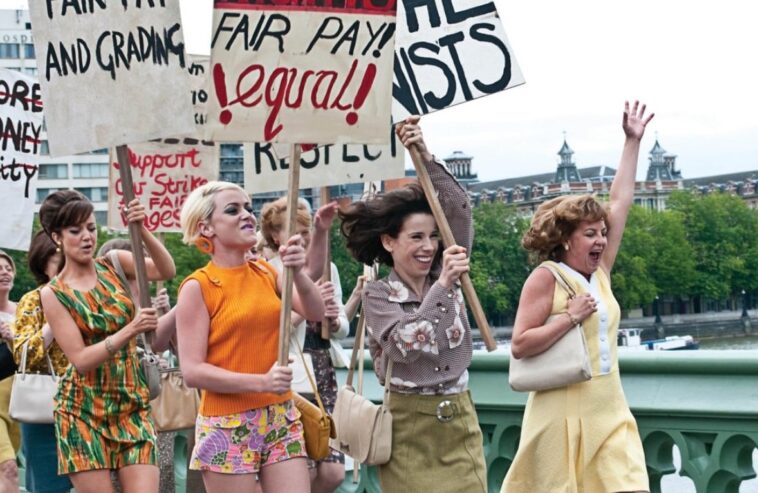There have been three major waves of feminism. We currently experiencing the third one. However, the memory of the first two has become relatively hazy. While the third wave has gained a massive spotlight through digital and mainstream media, in the 20th century, the struggle of feminists was comparatively obscure.
The emotional depiction of the first and second wave of feminism has been captured in cinema quite effectively. We will discuss two major hits that effectively encompassed what made for feminism in earlier days. Suffragette and Mona Lisa Smile, exhibit the landscape and concepts of women’s empowerment in those eras.
Suffragettes is set in the early 20th Century United Kingdom and Mona Lisa Smile portrays the late 20th Century United States. The causes both our protagonists fought for were in accordance with what was the need of their respective times in their individual perspectives.
You can catch these cinematic masterpieces on Amazon Prime Video. If you are a cinema buff who likes to find social themes and movements in cinema, having a subscription to a streaming website is imperative.
You can subscribe to streaming platforms where these titles are listed or find a reliable provider with an on-demand service such as Comcast Xfinity.
Suffragette
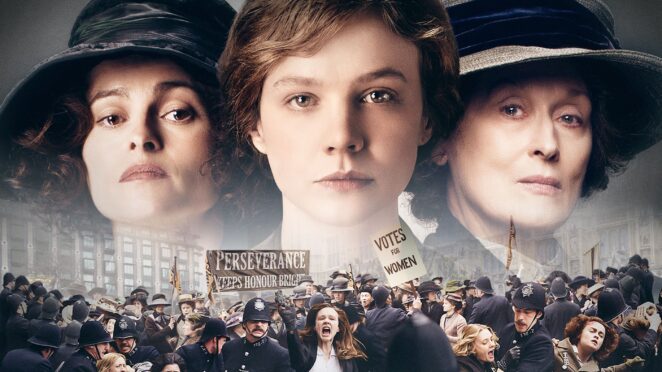
The protagonist of Suffragette, Maud Watts enacted by Carey Mulligan, is a 24-year-old laundry worker who gets caught up in the wind of protests about women’s voting rights. She discovers that she is on the receiving end of the social injustices as a woman.
Later in an attempt to escape her abusive husband, Maud loses custody of her young son whom she loves very much. This galvanized her participation in the suffrage movement. Where Maud had struggled with her admission to the cause at first, her fight for the voting rights of women was now absolute.
Her aim for joining the movement was to secure political power and to be able to live in the country where laws were made holding her interests as a woman into consideration. Having been separated from her beloved son, George, Maud Watts’s journey of becoming a suffragette entailed one day, having custody of her child.
She realized that her circumstances resulted from the patriarchal landscape of her time. This only helped Maud Watts become more adamant in her understanding of why the suffragist movement was so important.
At that time, pursuing this cause meant facing physical violence and arrest. This particular aspect first imparted shame and reluctance but then later tenacity in Maud Watts to pick up arms in the fight against injustice against the female sex.
Mona Lisa Smile
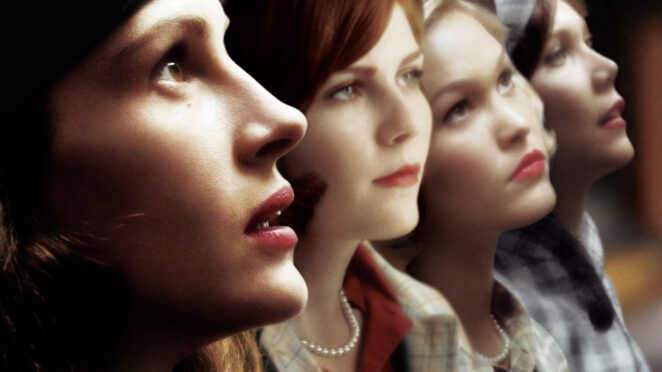
Katherine (Julia Roberts) was a 30-year-old progressive American Art History teacher recently appointed at Oakland State University. Upon arriving, she discovers that her students, predominantly females, are already proficient in the subject matter.
She soon discovers that her students are only at university to socialize and pass the time until marriage. So, she takes to other and more modern subjects in art to expand their minds. In her nature of questioning beliefs and labels, Katherine Watson invited a lot of labels for herself.
Being in her thirties, which is not an age of being impressionable; she was not intimidated to back away from her forward-thinking ways.
Being highly educated in social sciences, Katherine Watson employed several psychological tools like the change by action-oriented development approach, Lewin’s Change process of an unfreezing, new behavior by cognitive restructuring and refreezing, and Kotter and Schlesinger’s Methods of Managing Resistance to Change to counter the hostility and inflexibility she had faced.
A Comparison
Let’s do a detailed comparison of the main characters and different parameters in the two films:
Areas of Impact
Maud Watts was part of an organized movement carried out by a larger group, The Suffragettes was recognized by the authorities and the public. They employed militant tactics like vandalism and arson to have themselves seen and noticed by the press, authority, and the monarchy.
Katherine Watson, however, was a lone soldier working individually without an organized group or plan to guide her. Her efforts were purely peaceful and were in no need of wider attention. People recognized her with a more abstract concept of independence, progressiveness, and liberation.
Personal Struggles
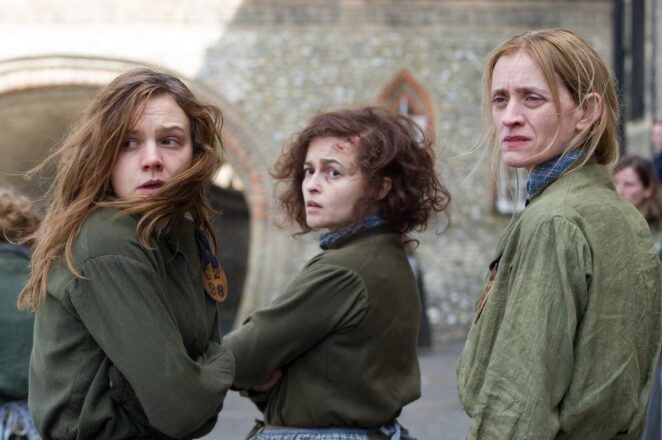
Being an average laundry worker, Maud Watts had limited financial resources. She was less at liberty to pursue her cause. Her childhood experience of sexual abuse by her factory manager rendered her nerves weak for the better part of her teens and early twenties.
However, this experience also laid the foundation of her resolve to end the oppression and patriarchy, thereby, dedicating her life to the cause of the suffragettes. She had found security in her marriage and family.
This was the time when women were still considered as property of the man they married or the legal guardian. Bound to the word of her husband, she faced several obstacles in following the cause of the feminist movement.
For her, being a part of the suffragists meant leaving her husband and son, whom she loved so dearly. Consequently, the decision of being a feminist was much more crucial and difficult for Maud Watts than it was for Katherine Watson.
Katherine Watson was financially secure and more at liberty in the projection of the idea of what was feminism. She was well-versed in personal freedom and independence of choice, unlike Maud Watts who was new to the concepts of what feminism was in her time.
Independent from the bonds of matrimony, Katherine Watson’s adversary was the board of trustees and the administration of Wellesley who couldn’t stand a shift of wind around them. She was the Californian bohemian who had come, not to blend in, but to make a difference in one of the most conservative colleges in North America.
There was a clash of ethics where her attempt to convey a sense of self-actualization and independent thinking was seen as inapt and uncalled for. Katherine Watson’s romantic afflictions and relationship with her students also played a huge role in what was her personal journey to understanding her ideals of independence.
Their Social Cause and Associated Challenges
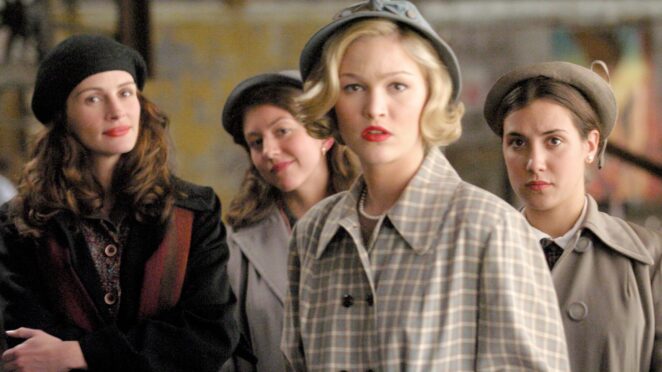
The instances in the film Suffragettes where these women were lied to by politicians and were brutally treated by policemen were pivotal in understanding why exactly women needed representation.
Was there really a chance of having yourself heard until you were not even a citizen? The answer to this is, no.
When Maud’s son George was adopted by another family without her consent, that scene in the film marked what was fundamentally wrong with the status of only men having the right to make decisions about the custody of a child.
This was an outcome of submitting to laws that were made without representation of females. In the end, Maud handing over Violet’s daughter, a young laundry worker who was sexually abused like Maud, was a strong message of self-preservation that women of the time were working towards through the movement.
In the movie, Mona Lisa Smile, Katherine Watson expresses her frustration to President Carr about the culture at Wellesley, saying, “Half of them are already engaged and the remaining is just biding their time till someone finally proposes.” While talking to her colleague, she says it’s a finishing school disguised as a college.
It holds up a mirror to our society of what education for girls meant at that time in the United States. University education is more a means for grooming and passing the time to prepare them for when they are ready to get married. There is little hope or conviction for them to pursue a career.
Summing Up
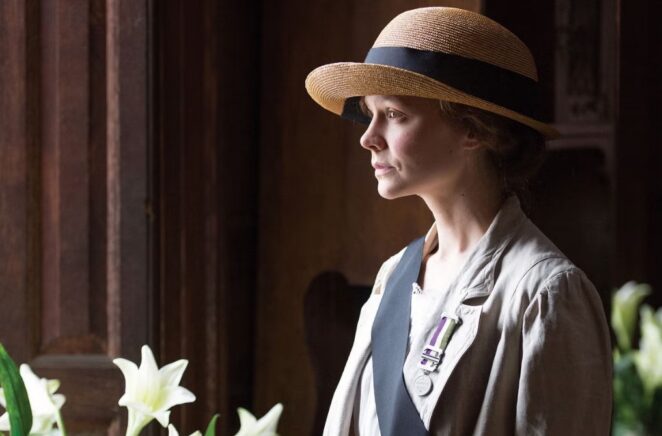
Maud remained with the cause towards the end; her struggle was shown to be continual, whereas Katherine, after having made an impact in the lives of the girls, left the college to find her way. She did not make the cause central to her life.
Both of these films reflect the difference in the two movements through the aforementioned parameters of their protagonists. There was a stark difference between the two movements and the level of choice and objectivity their vanguards could exercise.



